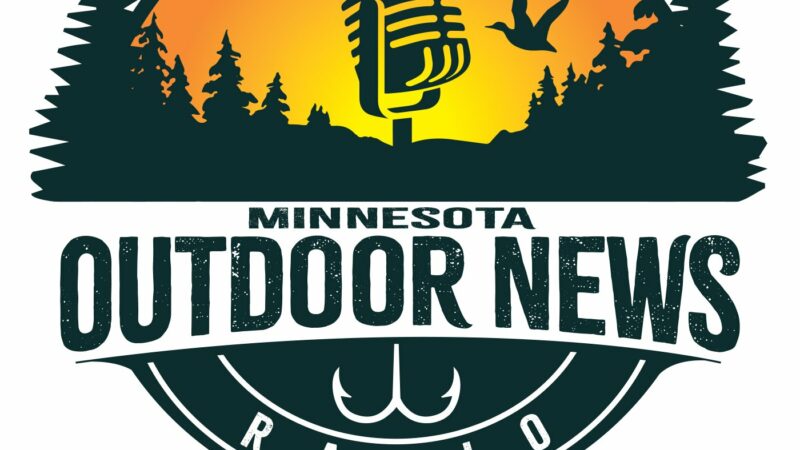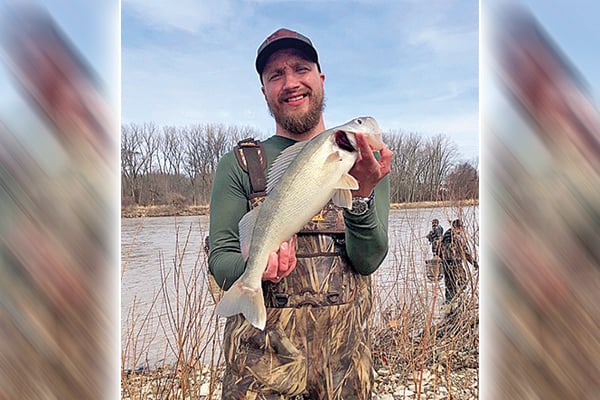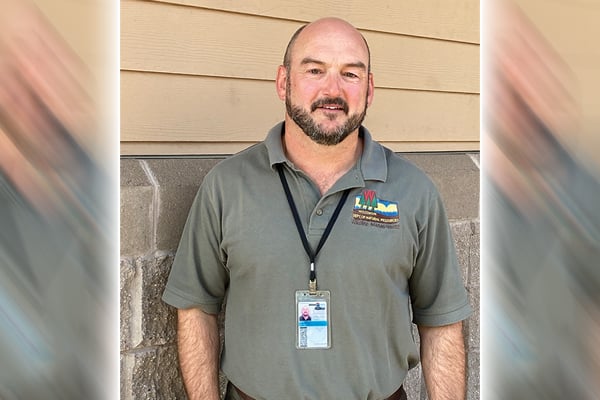Buying your first crossbow in 2024? There’s things you need to know – Outdoor News
Every year after the first few weeks of the archery deer-hunting season, there are broken crossbows occupying space in a back room at the Archery County shop in Waite Park, Minn.
Hunters drop them off to be fixed – broken cams, cables, strings, and limbs. Many are upset, believing they had a product that could hold up to normal wear and tear.
Brandon Looman, a manager at Archery County, said he saw more situations like this than he has in prior years this past October. It’s a by-product of more people using crossbows for the first time after a new law allowed all hunters to use them during the entire archery season in Minnesota.
“Your jaw would probably hit the floor with how many blown-up crossbows we have in the back,” Looman said. “You can go online and read reviews and see guys complaining that – ‘This thing is not durable. It blew up on me.’”
He attributes at least 90% of crossbow failures to user error. However, most users don’t realize they messed something up.
They think the crossbow just broke.
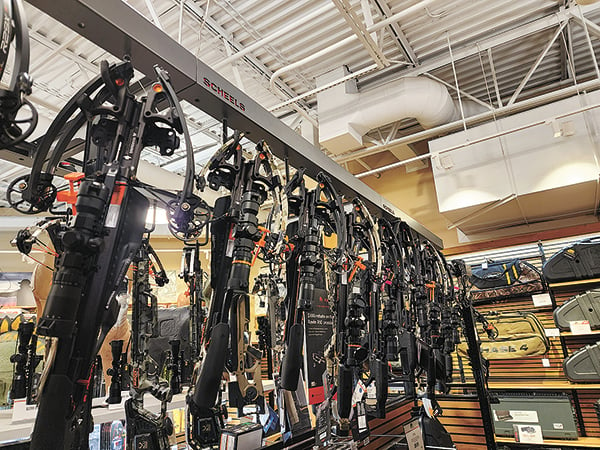
Important factors to realize
There are plenty of factors to consider when it comes to purchasing a crossbow. Cost, feel, and fit of the bow are important, but so, too, is a basic understanding that these are powerful tools.
Almost every manufacturer sells a crossbow that shoots arrows at more than 400 feet per second, with some capable of shooting up to 500 feet per second.
Compound users might shoot thousands of arrows before needing to replace strings and cables. But that’s not the case for crossbows, because of the energy they store while at full draw and the power behind each shot.
“The No. 1 thing you can do is follow the instructions in your owner’s manual on when to replace your string and cables so you’ll have zero issues,” said Dave Bakken, vice president of archery sales with Velocity Outdoor, which represents Ravin Crossbows and CenterPoint Archery. “Especially on these higher-end crossbows, you’re making a big investment. There is a maintenance factor to it that people need to be aware of, but it pays big dividends in the end when you’re taking care of your equipment, just like anything else.”
Take replacing strings and cables seriously
Looman said the No. 1 thing crossbow hunters do that gets them into trouble is neglecting to replace their strings and cables enough.
“A crossbow string will snap on you,” he said. “When they break, now you’ve broken limbs; you may have broken cams. We recommend after two seasons of use to replace those strings.”
Bakken also recommends changing strings and cables every couple of years.
MORE GEAR COVERAGE FROM OUTDOOR NEWS:
The Cutting Edge: Top 5 knives for sportsmen in 2024
New products being unveiled at the 2024 SHOT Show
Want to upgrade your compound bow this offseason? Here’s what to consider
It’s not just shot counts that crossbow users need to consider. Hunters who are in the woods every chance they get should keep a close eye on their strings and cables after each season.
“If you cock a bow back and you hunt with it for six, seven hours and you de-cock it or fire a discharge bolt, that day right there is probably the equivalent of maybe 10 to 20 shots,” Bakken said of the bow being at full draw. “It’s hard to quantify exactly what it is, but the stress that bow is under for that amount of time – it’s equal to a shot count of some sort. That’s why we say every other year, regardless of if it’s 400 shots or not because that bow has been under some duress.”
Match arrows to your bow
The second most frequent mistake Looman sees is hunters using the wrong bolts that have an incorrect nock for their specific crossbow.
“On a Ravin, that arrow snaps onto the string like a compound bow. All the other crossbows, that nock just slides against (the string),” Looman said. “If you’re using the wrong arrow, when you shoot you are running the potential of your string hopping over that nock or underneath the nock and you dry fire your bow unknowingly. Then it blows it up.”
Understanding these basic rules of crossbow use will go a long way toward making sure you have an accurate tool that will last a long time in the woods.
Match a crossbow to your hunting style
Just as with purchasing a vertical bow, it’s important to find a crossbow that fits you. That pertains to both physical features and also how you plan to hunt with it.
The dimensions of the bow – axle-to-axle width, along with length and weight – will affect where the bow balances and how it feels when aiming for each individual.
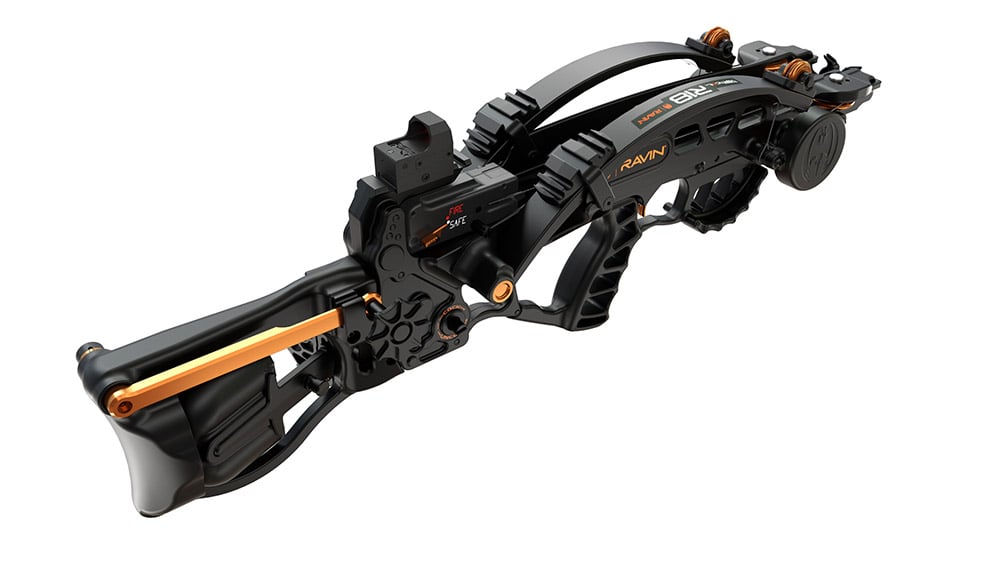
“I always encourage people to go try them,” Bakken said. “Crossbows are a little bit different from a compound. I don’t know if you necessarily need to test-shoot every single one, but holding them to feel the comfort and make sure that’s what you’re looking for is good.”
Are you someone who’s used to hunting with a rifle? Maybe a little longer crossbow that replicates the feel of a rifle is right for you. If you hunt in areas with tight surroundings, a shorter, narrower axle-to-axle bow may be important.
Are you planning to hunt from the ground and use a shooting aid such as a tripod? In that case, the weight and balance point of the bow might not matter as much as it would to a hunter who plans on free-handing the crossbow and walking deep onto properties with it.
“We have a bow that is a packable crossbow in our R-18 that is huge with the new saddle hunters because they can pack it in miles into public land,” Bakken said. “It’s 25 inches overall length. There are a lot of different ways to go based on what your needs are.”
What you are paying for
Prices that customers pay for crossbows run the gamut – anywhere from about $200 at the cheapest to nearly $5,000 for the top of the line.
Each comes as a kit with all of the accessories needed to hunt. The higher the price, the better features and overall parts you’re getting within the crossbow itself and the accessories that come as part of the package on it.
“It’s efficiency, accuracy – all that stuff is built into a higher-end crossbow,” Bakken said. “It’s no different than pretty much anything else. You can get $2,000 rifles or $200 rifles. The ‘you get what you pay for’ is definitely a truth, but that being said, we’re starting to see some really great crossbows in the $599 to $799 price range now that are feature-rich.”
Some people need a cocking device that assists in getting the bow to full draw due to strength limitations. Built-in cocking devices that also allow a hunter to cock and then de-cock an arrow at the end of the day without firing a discharge bolt are included in many high-end bows. Greater trigger control, and better optics are also an area where that higher price point is noticed.
“The scope draws in more light; it’s a clearer-looking scope,” Looman said. “You have speed dial systems on the higher-end scopes. We match the speed dial to the speed of the bow, and then that auto-calculates, so once we sight-in at 20, your 30, 40, 50, and so on are all on.”
Those types of features might be important for the hunter who spends a lot of time hunting food plots where a great scope and high-speed bow mean a flatter-flying, more accurate bolt at a slightly longer distance. Someone hunting in thicker security cover where shots are 30 yards and in may not need all the bells and whistles.
You know your hunting style better than anyone. Matching that hunting style with the right crossbow will go a long way toward getting the best experience out of your purchase.




